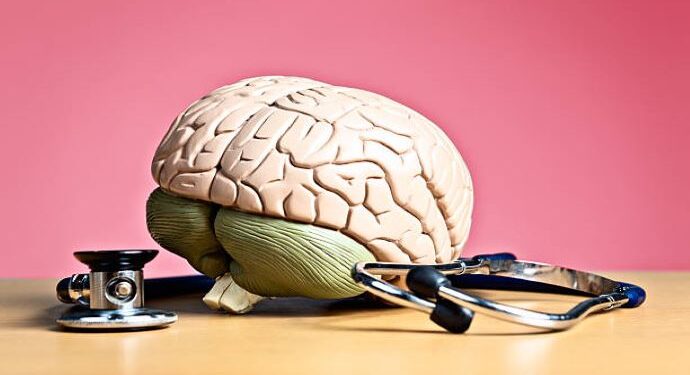A disorder that affects a person’s ability to think, feel, and behave clearly.
The exact cause of schizophrenia isn’t known, but a combination of genetics, environment, and altered brain chemistry and structure may play a role.
Speaking on Plan B Fm’s family, relationship, and lifestyle show dubbed NYANSAPO FIE, hosted by Rev. Dr. Michael Asenso on the topic “Schizophrenia” with Mr. Wisdom Kumako senior Nursing officer from the Psychiatry unit at Tema Polyclinic together with Mrs. Agnes Emefah Nursing officer and Madam Filicia Ahenful Senior Nursing Officer all from Tema Polyclinic have asked the general public to seek medical attention when they feel the signs and symptoms of schizophrenia.
Contributing to the show Mr. Kumako explained that Schizophrenia usually involves
delusions (false beliefs), hallucinations (seeing or hearing things that don’t exist), unusual physical behavior, and disorganized thinking and speech. It is common for people with schizophrenia to have paranoid thoughts or hear voices.
Madam Filicia Ahenful also said, in most people with schizophrenia, symptoms generally start in the mid-to-late 20s, though it can start later, up to the mid-30s. Schizophrenia is considered early onset when it starts before the age of 18. The onset of schizophrenia in children younger than age 13 is extremely rare.
There is no sure way to prevent schizophrenia but there are ways to prevent or reduce symptoms, such as taking medication, avoiding substance use, and receiving therapy. Schizophrenia is a mental health condition that involves recurrent episodes of psychosis (a loss of contact with reality).
He said schizophrenia leads to delusions which include
persecutory, erotomanic, grandiose, jealous, somatic, mixed, and unspecified.
Delusions often revolve around a specific theme, such as love, guilt, religion, or infidelity, and also are false beliefs that are not based on reality, Hallucinations. These usually involve seeing or hearing things that don’t exist, Disorganized thinking speech, and Extremely disorganized or abnormal motor behavior.
She explained that there are several different types of hallucinations, including:
Auditory (sound) hallucinations: These are the most common type of hallucinations. They involve hearing sounds that aren’t real like music, footsteps, or doors banging. Some people hear voices when no one has spoken. The voices may be positive, negative, or neutral. They may command you to do something that may cause harm to yourself or others, Visual (sight) hallucinations, these hallucinations involve seeing things that aren’t real, like objects, shapes, people, animals, or lights, Tactile (touch) hallucinations,
Mrs Agnes Emefah Nursing officer it is also hallucinations cause you to feel touch on your body or movement in your body that’s not real. They may involve feeling like bugs are crawling on your skin or your internal organs are moving around, Olfactory (smell) hallucinations, these hallucinations involve experiencing smells that don’t exist or that no one else can smell.
Gustatory (taste) hallucinations: These hallucinations cause tastes that are often strange or unpleasant. Gustatory hallucinations (often with a metallic taste) are a relatively common symptom for people with epilepsy, Presence hallucinations these hallucinations make you feel that someone is in the room with you or standing behind you, and Proprioceptive hallucinations, These hallucinations make you think that your body is moving, such as flying or floating, when it’s not.










Discussion about this post